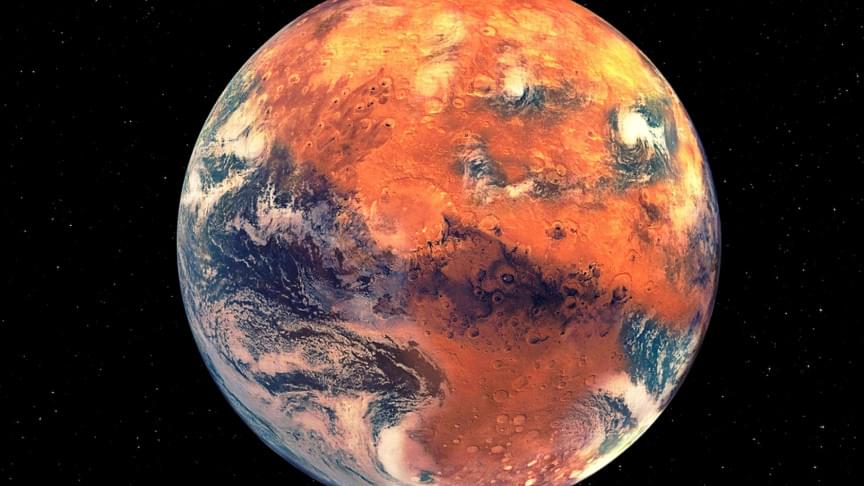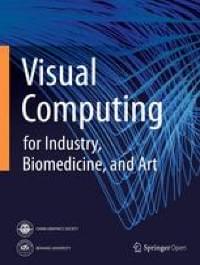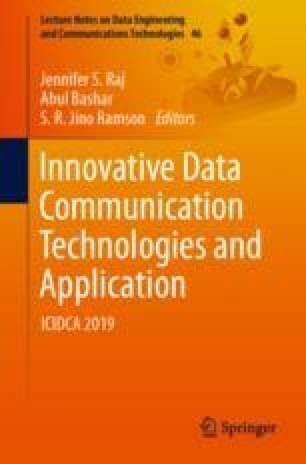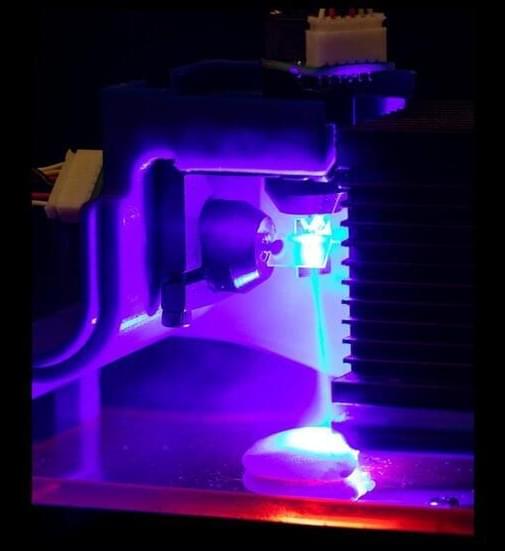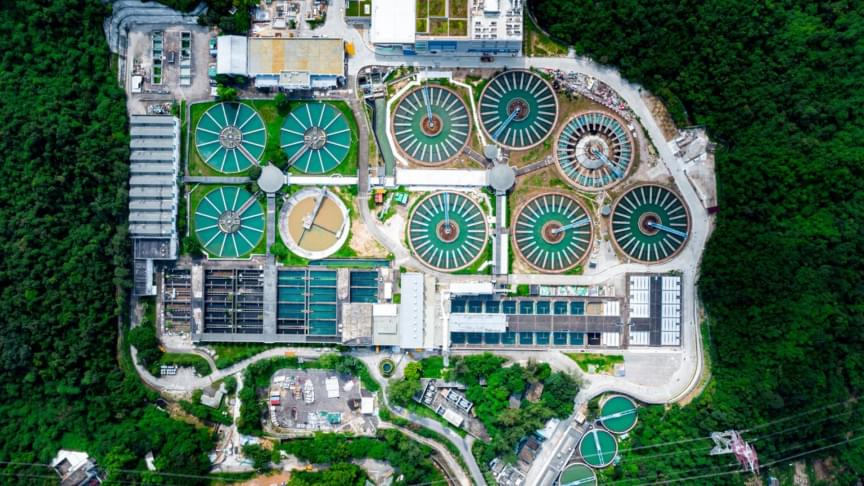
Bacteria may get a bad reputation in general, yet it’s actually generally healthy and serves an important role in many habitats, including human bodies. From supporting life on Earth to being employed in industrial and medicinal processes, bacteria have their figurative fingers in many pots — some varieties of bacteria can even filter tainted water and make it safe for human consumption.
A team of researchers from the Indian Institute of Technology, Banaras Hindu University (IIT-BHU) has found a bacteria that can do just that — Named “microbacterium paraoxydans strain VSVM IIT (BHU)” by the scientists, it can separate toxic hexavalent chromium from water in an effective and eco-friendly manner, according to a research published in the Journal of Environmental Chemical Engineering.
Hexavalent chromium is a heavy metal ion that is used in electroplating, welding, and chromate painting, among other things. It’s said to be responsible for health problems in humans like cancers, kidney and liver malfunctioning, and infertility. When compared to current approaches, the scientists believe that this bacterial strain, which can tolerate high amounts of hexavalent chromium, is particularly successful at eliminating the harmful substance from wastewater.




